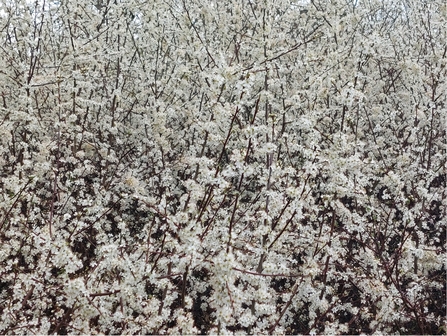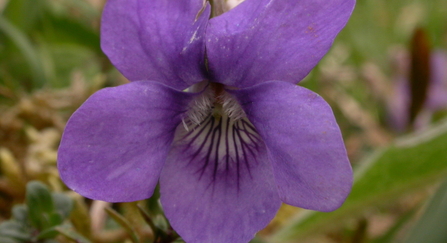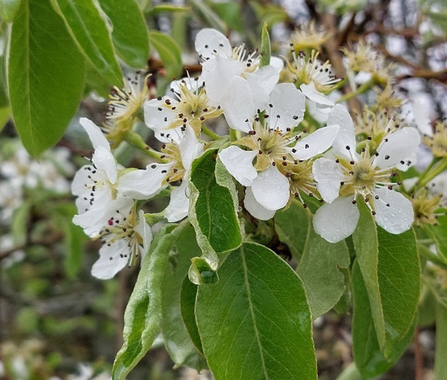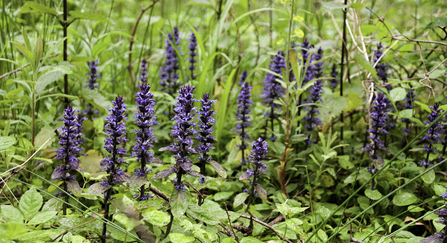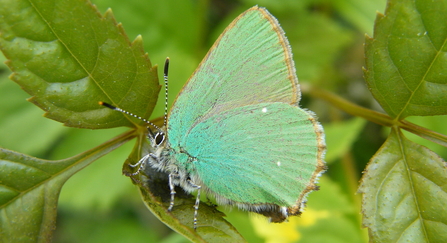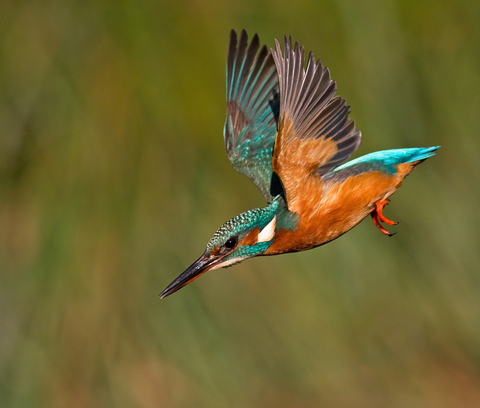I wonder, though, whether this year’s was more typical of those we used to have. We’ve had a fair few dry springs in recent times, and some warm ones. The birdlife seemed to take this year’s offering in its stride for the most part.
There was the steady arrival of the summer migrants: one week in the second half of the month it was, as usual, dank and dismal and there were no Chiffchaffs singing; the next week it was still dank and dismal and they were all over the place. Soon after, we had other warblers, Blackcaps and Whitethroats, adding to the chorus of the year-round residents.
Newdigate Choral Society
Along with its mixed woodland, lakes and ponds, its grassland, Newdigate has a decent amount of that sometimes-derided habitat: scrub.
Scrub is the more-or-less dense thickets of blackthorn and hawthorn, hazel, bramble, dog rose and many other things, much the same species as dominate in the hedgerows which our countryside used to have rather more of. It can look quite splendid – the blackthorn first, in April, and then the hawthorn in May put on a good show this year.


